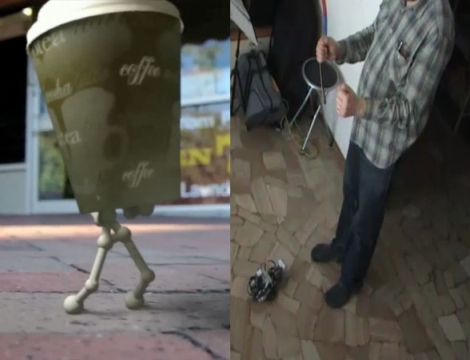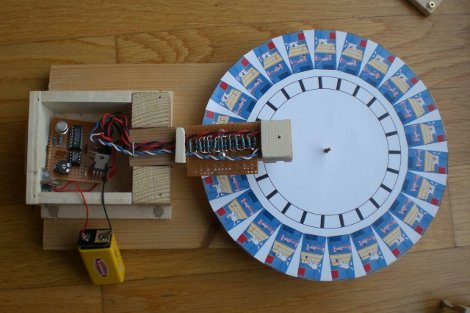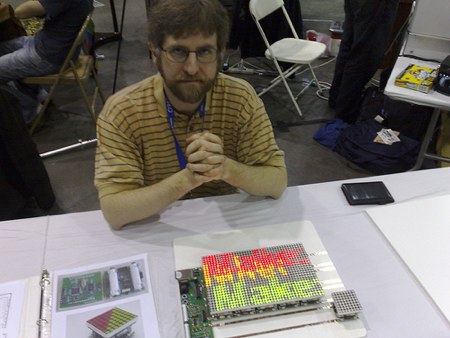
It’s no mystery that we like the Kinect around here, which is why we’re bringing you a Kinect two-fer today.
We have seen video hacks using the Kinect before, and this one ranks up there on the coolness scale. In [Torben’s] short film about an animation student nearly missing his assignment deadline, the Kinect was used to script the animation of a stick figure model. The animation was captured and built in Maya, then overlaid on a separate video clip to complete the movie. The overall quality is great, though you can notice some of the typical “jitter” that the Kinect is known for, and there are a few places where the model sinks into the floor a bit.
If you want to try your hand at animation using the Kinect, all of the scripts used to make the movie are available on the creator’s site for free. [via Kinect-Hacks]
Our second Kinect item comes in the form of a gesture driven Lego MindStorms bot. Using OpenNI along with Primesense for body tracking, [rasomuro] was able to use simple motions to drive his NXT bot around the house. His movements are tracked by the Kinect sensor which are translated into commands relayed to the robot via his laptop’s Bluetooth connection. Since the robot has two motors, he mapped couple of simple arm motions to drive the bot around. We’ll be honest when we say that the motions remind us of Will Farrell’s “Frank the Tank” scene in Old School, but [rasomuro] says that he is trying to simulate the use of levers to drive the bot. Either way, it’s pretty cool.
Videos of both hacks are embedded below for your perusal.
If you are interested in seeing some more cool Kinect hacks be sure to check out this Minecraft interface trio, this cool Kinect realtime video overlay, and this Kinect-Nerf gun video game interface.
Continue reading “Kinect Two-fer: MoCap Movie And Robot Control”













